J.Wrachtrup Group SiC PaperList
This is a paper list of J.Wrachtrup group, mainly from J.Wrachtrup group website.
J.Wrachtrup
Scalable production of Solid-immersion lenses for quantum emitters in silicon carbide
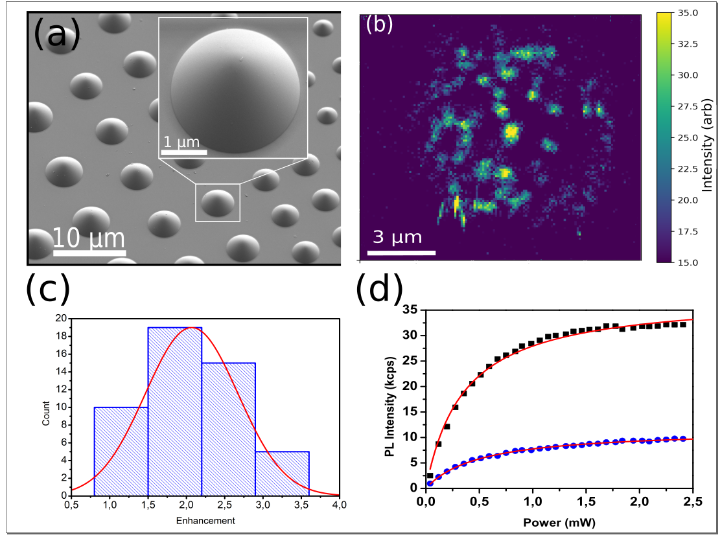
The fluorescence collection efficiency of single quantum emitters under the SILs shows 3.4 times enhancement confirmed by confocal microscopy of individual V2.
Coherent electrical readout of defect spins in silicon carbide by photo-ionization at ambient conditions
Here, we demonstrate a photo-electrical detection technique for electron spins of silicon vacancy ensembles in the 4H polytype of silicon carbide (SiC)
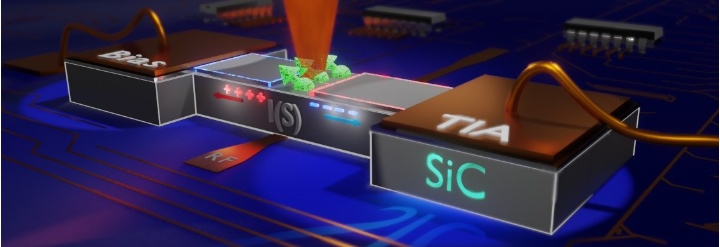
Spin-controlled generation of indistinguishable and distinguishable photons from silicon vacancy centres in silicon carbide
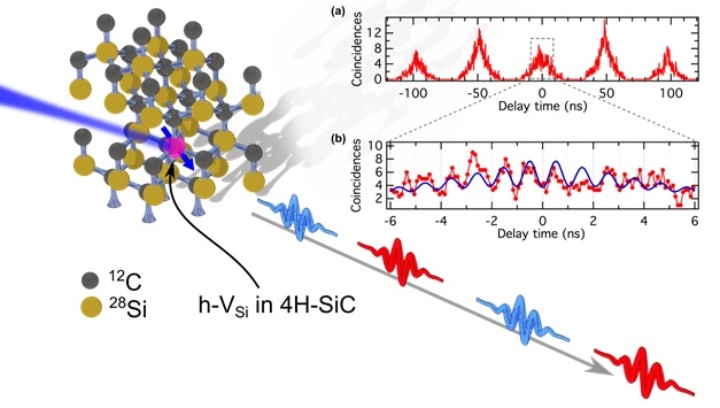
!I can’t make sense of this paper, the energy level diagram is not clearly describe at this paper, I need some previous paper to learn the energy level diagram
Electrical charge state manipulation of Single Silicon Vacancies in a Silicon Carbide Quantum Optoelectronic Device
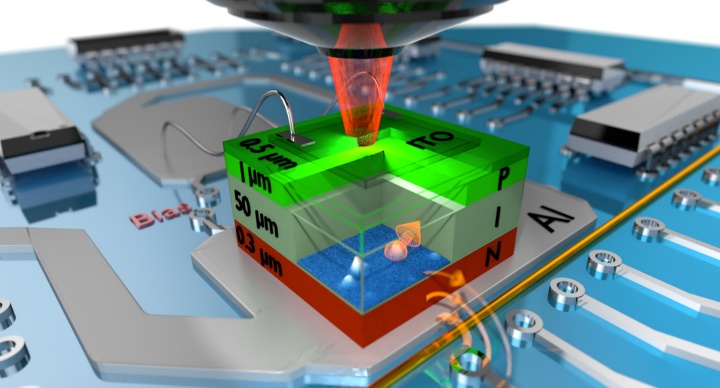
Here, we investigate charge state manipulation of individual silicon vacancies in silicon carbide, a system which has recently shown a unique combination of long spin coherence time and ultrastable spin-selective optical transitions. In particular, we demonstrate charge state switching through the bias applied to the color center in an integrated silicon carbide optoelectronic device. We show that the electronic environment defined by the doping profile and the distribution of other defects in the device plays a key role for charge state control.
Single silicon vacancy centres in silicon carbide - a promising platform for quantum networks
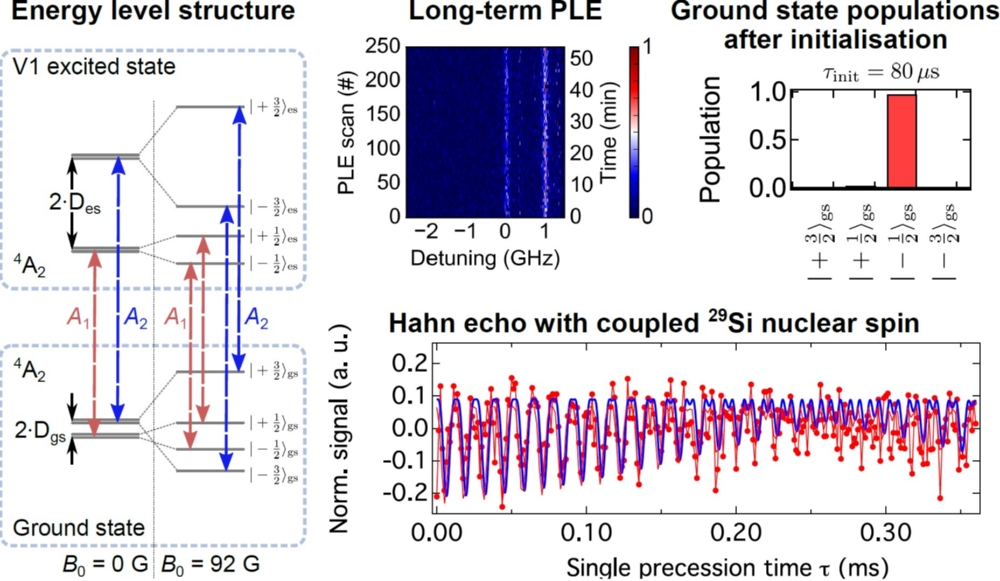
Thanks to its 4A2 symmetry in ground and excited states, optical resonances are stable with near Fourier transform limited linewidths. In combination with millisecond long spin coherence times originating from the high purity crystal, we developed methods for high fidelity optically-assisted spin initialization and coherent control. Crucially, we showed coherent coupling to single nuclear spins with ~1 kHz resolution, which is sufficient to implement quantum memories and quantum error correction.
Laser writing of Scalable Single Color Centers in Silicon Carbide
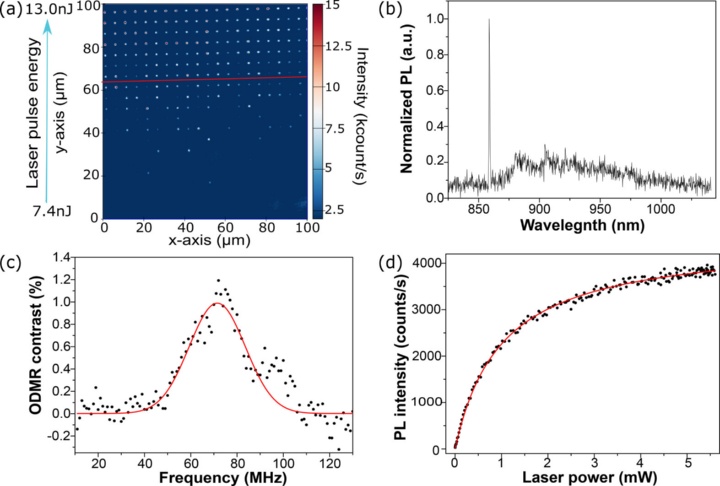
Here we report the controlled creation of single silicon vacancy (VSi) centers in 4H-SiC using laser writing without any postannealing process. Due to the aberration correction in the writing apparatus and the nonannealing process, we generate single VSi centers with yields up to 30%, located within about 80 nm of the desired position in the transverse plane. We also investigated the photophysics of the laser writing VSi centers and concluded that there are about 16 photons involved in the laser writing VSi center process.
Bright single photon sources in lateral silicon carbide light emitting diodes
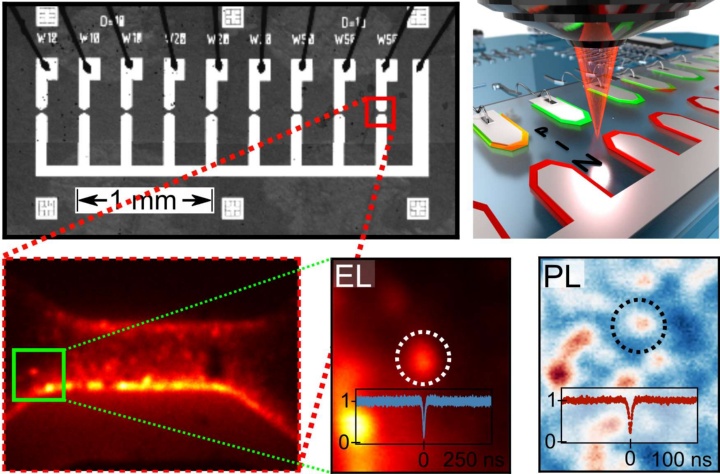
Single-photon emitting devices have been identified as an important building block for applications in quantum information and quantum communication. They allow us to transduce and collect quantum information over a long distance via photons as so-called flying qubits. In addition, substrates like silicon carbide provide an excellent material platform for electronic devices. In this work, we combine these two features and show that one can drive single photon emitters within a silicon carbide p-i-n-diode. To achieve this, we specifically designed a lateral oriented diode. We find a variety of new color centers emitting non-classical lights in the visible and near-infrared range. One type of emitter can be electrically excited, demonstrating that silicon carbide can act as an ideal platform for electrically controllable single photon sources.
So in this work the author build a “chip” light source in the device to excite color center or the color center is directly excited by electric devices?
Quantum Properties of dichroic silicon vacancies in silicon carbide
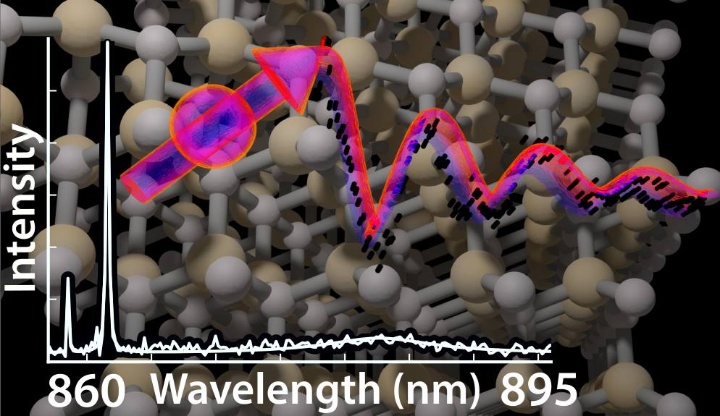
In this spirit, we study the dichroic silicon vacancies in silicon carbide that feature two well-distinguishable zero-phonon lines and analyze the quantum properties in their optical emission and spin control. We demonstrate that this center combines 40% optical emission into the zero-phonon line showing the contrasting difference in optical properties with varying temperature and polarization, and 100% increase in the fluorescence intensity upon the spin resonance, and long spin coherence time of their spin-3/2 ground states up to 0.6 ms ( It accomplish this by using a high order decoupling) . These results single out this defect center as a promising system for spin-based quantum technologies.
Why zero phonon line is very important? And why has an increase upon the spin resonance?
Scalable Quantum Photonics with Single Color Centers in Silicon Carbide

Toward this goal, we develop a scalable array of nanopillars incorporating single silicon vacancy centers in 4H-SiC, readily available for efficient interfacing with free-space objective and lensed-fibers. A commercially obtained substrate is irradiated with 2 MeV electron beams to create vacancies. Subsequent lithographic process forms 800 nm tall nanopillars with 400–1400 nm diameters. We obtain high collection efficiency of up to 22 kcounts/s optical saturation rates from a single silicon vacancy center while preserving the single photon emission and the optically induced electron-spin polarization properties.
Coherent control of single spins in silicon carbide at room temperature
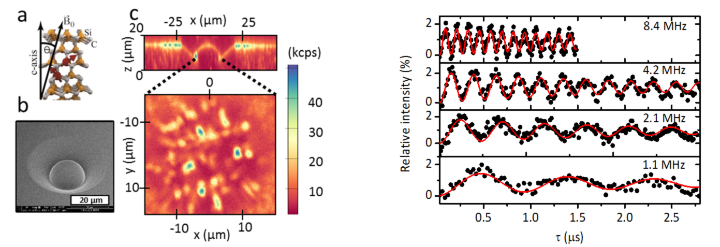
We report the characterization of photoluminescence and optical spin polarization from single silicon vacancies in SiC, and demonstrate that single spins can be addressed at room temperature. We also show coherent control of a single defect spin and find long spin coherence times under ambient conditions. Our study provides evidence that SiC is a promising system for atomic-scale spintronics and quantum technology.
Classification of Color Center
The silicon vacancy in SiC

The isolated silicon vacancy (VSi) is one of the basic intrinsic defects in SiC. Due to the existence of inequivalent Si lattice sites there are in 4H SiC two VSi, one hexagonal (h) and one quasi-cubic (k); while in 6H SiC there are three VSi, one hexagonal (h) and two quasi-cubic (k1 and k2), each of them having several different charge states in the band gap. The reported photoluminescence (PL) and magnetic resonance signals attributed to VSi are not conclusive concerning the origin, site, charge state etc of this defect.
Review
Developing silicon carbide for quantum spintronics
In this perspective, we give a brief overview on recent advances in devel-oping optically active spin qubits in SiC and discuss challenges in applications for quantum repeaters and possible solutions. In view of thedevelopment of different material platforms, the perspective of SiC spin qubits in scalable quantum networks is discussed
Why can’t we use the wavelength difference of excited photon to distinguish which ground state does the electron drops into?